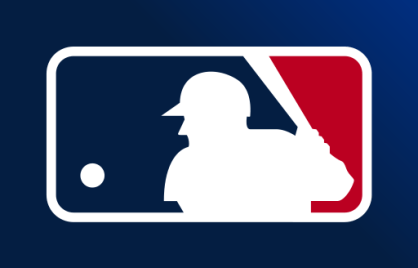Everything You Need to Know About the US Grand Prix
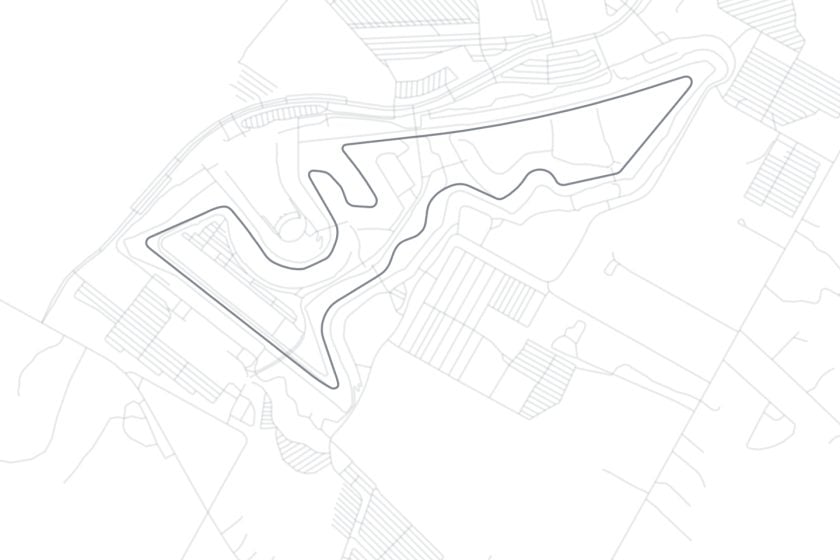
Summarize this post
The US Grand Prix: What You’ll Learn
- Discover the rich history of the US Grand Prix, from its early beginnings with the American Grand Prize to its modern-day presence at the Circuit of the Americas.
- Learn about the current format and unique features of the Circuit of the Americas, including its challenging track layout and exciting Sprint race weekends.
- Explore iconic moments and legendary performances from drivers like Lewis Hamilton, Max Verstappen, and other champions who have left their mark on the US Grand Prix.
- Understand the cultural impact of the US Grand Prix, showcasing how the event blends high-octane racing with Austin’s vibrant music and culinary scene.
- Get insights into the recent boom in Formula 1’s popularity in America, fueled by diverse audiences, engaging media content, and expanding events like those in Miami and Las Vegas.
There is no more natural pairing than between big, beautiful engines and racing thrills, and the United States. So, the sports history with Formula 1 has, until recent years, been surprisingly lukewarm.
While Grand Prix racing has taken place in the United States for well over a hundred years, Formula 1 has struggled to find a natural home for a flagship, distinctly American, Grand Prix. Well, in 2012, the search was over. Austin, the cultural live music powerhouse, has hosted F1 at its custom-built Circuit of The Americas and become loved by its fans worldwide.
This race has been a stage for legendary drivers, dramatic moments, and the relentless pursuit of speed, evolving into a cornerstone of the Formula 1 world. Today, it represents more than just a race – it’s a vibrant cultural festival that has ignited America’s passion for F1. This guide covers everything you need to know about the prestigious event, from its iconic past to the high-stakes action you can expect today.
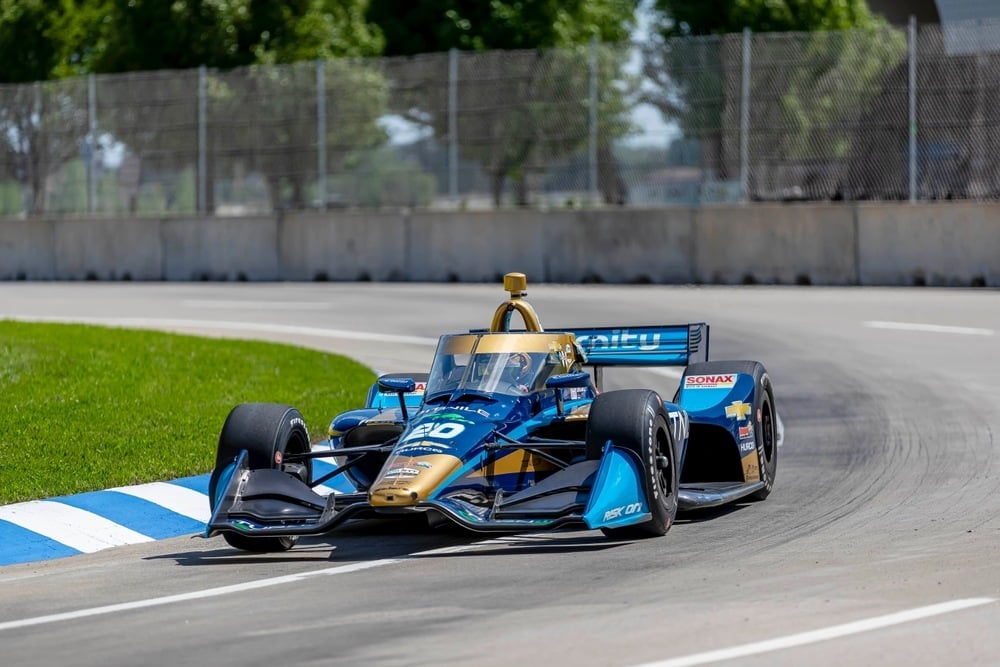
Image Credit: Jeff Schultes/Shutterstock
History of the US Grand Prix
There has been no greater love affair than between the United States and the thrill of the engine. The history of the United States Grand Prix stretches back to the dawn of racers seeking the adrenaline rush of pushing the extremes of speed, long before the official Formula 1 World Championship was even founded. Its story is a typical case in the evolving relationship between America and the Formula 1 world.
The American Grand Prize
The story began not as the “United States Grand Prix,” that came later, but as the American Grand Prize in 1908. The inaugural race was held over a 25-mile oiled gravel circuit in Savannah, GA, and was won by Fiat’s Louis Wagner. The early races, which dotted around the American map to Milwaukee, Santa Monica, and San Francisco, were thrilling affairs but discontinued in 1916 as road racing declined in popularity in the US.
Joining the F1 World Championship
The modern era of the championship began in 1959, with the first race counting towards the F1 World Championship being held at Sebring, FL. It was a historic event, seeing Bruce McLaren becoming the youngest Grand Prix winner at the time, after his teammate Jack Brabham ran out of fuel.
Moving to California in 1960, the Golden State was unloved by fans and racers, so the race was shifted to Watkins Glen, NY. Over the next twenty years, “The Glen” became the heart of F1 in America, known for passionate crowds and iconic moments, including first wins for drivers like Innes Ireland and Emerson Fittipaldi. However, financial difficulties and the deteriorating conditions of the track led to the race disappearing from the calendar in 1980.
The US Grand Prix was sporadically added and dropped afterwards, with a brief stint as a Phoenix between 1989 and 1991, returning to the iconic Indianapolis Motor Speedway in 2000. The race at the home of the Indy 500 drew massive crowds, but ended after a controversial 2005 race, which saw just six cars start on the grid after it was found that Michelin tires could not manage to safely pass the final corner of the track.
Formula 1 in the US Today
In 2012, Formula One found a new permanent home in the United States at the purpose-built Circuit of The Americas (COTA) in Austin, Texas. The race’s growth in popularity has been so significant that the US now hosts three Grands Prix each season, with events in Miami and a popular Las Vegas street race joining Austin on the calendar. This shows that Americans have always had a taste for Formula 1.
Notable Drivers and Teams
The United States Grand Prix has been one of the most dramatic and iconic platforms for some of the sport’s legendary drivers and teams, with historic performances and fierce rivalries. With personalities, engineering prowess, and iconic American venues, the journey from the early road races to the modern-day Circuit of the Americas is synonymous with the development of the sport.
Dominant Drivers and Teams
A select group of drivers and constructors has dominated the race. Lewis Hamilton has claimed more victories in the history of the race in all its forms, with six wins. His success is a key part of his legendary career. It underscores his mastery of circuits like the Circuit of The Americas, where his 2012 victory marked his last-ever victory for McLaren before moving to Mercedes.
Beyond the record books, the US Grand Prix has been the backdrop for dramatic team narratives and breakout performances. Ferrari’s history at the race is particularly colorful; in 1964, a dispute with Italian motorsport authorities led the team to enter its cars under the American NART banner, forcing the iconic red cars to race in blue and white.
More recently, the 2018 race at COTA saw Kimi Räikkönen seize a spectacular victory for Ferrari, which proved to be the last win of his long and celebrated career. The circuit has also been fruitful for Max Verstappen, a three-time winner in Austin.
Iconic Moments
The race has also cemented its place in history through individual feats of brilliance and determination. John Watson’s 1983 drive in Long Beach remains the stuff of legend. After a disastrous qualifying that left him 22nd on the grid, he staged an incredible charge through the field to win, delivering one of the greatest overtaking displays ever witnessed in Formula 1.
On the other hand, the 1984 Dallas Grand Prix provided a different kind of memorable moment, where Nigel Mansell’s sheer exhaustion led to his collapse while pushing his car to the finish, creating one of the sport’s most enduring images of driver grit. These moments, from record-breaking wins to heroic struggles, have collectively defined the character and legacy of the drivers and teams at the United States Grand Prix.
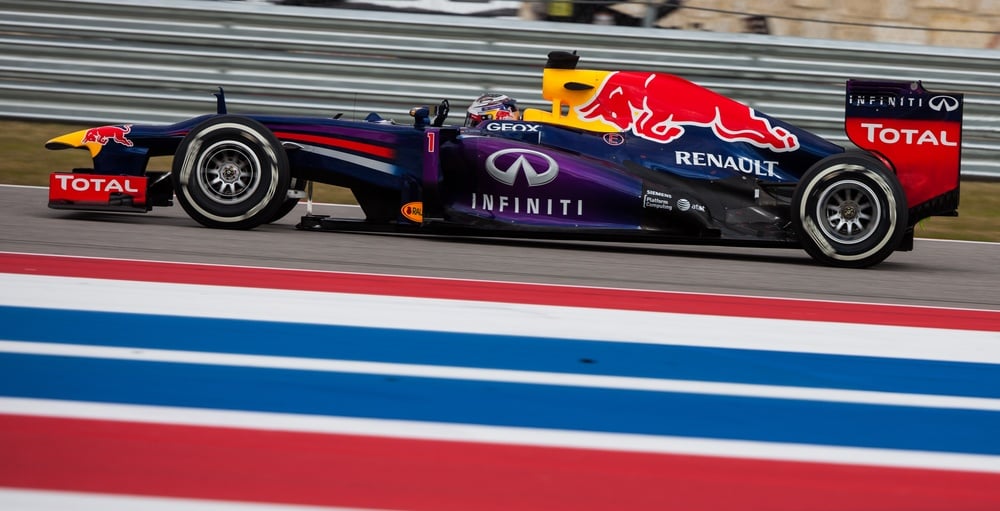
Image Credit: Jeff Schultes/Shutterstock
Current Venue and Format
The United States Grand Prix is currently hosted at the purpose-built Circuit of the Americas (COTA) in Austin, Texas. This venue has become a modern classic on the F1 calendar since its debut in 2012. The 5.513-kilometer circuit was specifically designed to avoid the pitfalls of previous tracks.
A Closer Look at COTA
Its most iconic feature is the steep, multi-story climb into the blind left-hand hairpin of Turn 1, which presents a prime overtaking opportunity and tests both a car’s power and a driver’s bravery. The circuit layout demands speed, bravery, and technique, including a high-speed esses sequence drawn from Silverstone’s Maggots and Becketts complex, and a recreation of the Hockenheimring’s stadium section. The best of the world’s races are distilled and combined in COTA to provide the ultimate thrill for racers and fans alike.
With high-speed sweeps and tight, technical corners, COTA is an ambitious test of car and driver, demanding a well-balanced car and rewarding high-level skills from the driver.
Race Weekend Format
The 2025 race is also a Sprint weekend, with the new shorter format adding an extra layer of fun to the weekend with a shortened race on Saturday that sets the grid for the main Grand Prix on Sunday.
The race weekend at COTA follows the standard format for a Sprint event, which compresses the action and increases the stakes from the moment the cars hit the track. The entertainment begins on Friday with a single practice session, giving teams a precious one-hour window to dial in their vehicles before the competitive sessions start.
This is immediately followed by Sprint Qualifying, which determines the grid for the following day’s Sprint race. Saturday is a packed day for fans, starting with the Sprint race itself – a short, flat-out contest where drivers race for points without the need for pit stops.
Later that day, the traditional Grand Prix Qualifying takes place, where drivers battle to set their fastest laps to secure their starting positions for the main event. The weekend culminates on Sunday with the United States Grand Prix, a full-length race run over 56 laps, totaling 308.405 kilometers. The vibrant atmosphere at COTA, amplified by live music and passionate fans, produces a thrilling atmosphere that only Texas could bring.
Cultural Impact
The United States Grand Prix, particularly at the Circuit of the Americas in Austin, has transformed American motorsport culture, transforming Formula 1 from a niche interest into a mainstream phenomenon. With a festival-like atmosphere in Austin for the race weekend and a vibrant, youthful crowd in attendance, the US Grand Prix is a key point of F1’s attempt to widen its appeal in the United States.
A Festival of Speed and Culture
The race weekend has evolved into a major cultural festival that extends far beyond the track, drawing on Austin’s local identity. The city’s reputation as the “Live Music Capital of the World” is a central part of the experience, with major concerts by artists like Kygo and Garth Brooks included in the event ticket.
They say everything is bigger in Texas, and the fusion of high-octane racing and premier entertainment creates a party-like atmosphere, making the event a Texas-sized spectacle that appeals to more than just core racing fans. Furthermore, the event incorporates unique local flavors, such as rodeo demonstrations and a focus on award-winning barbecue, ensuring that while it is the United States Grand Prix, it has a significant Texan flavor.
Formula 1 Boom in America
Since Liberty Media’s purchase of Formula 1, the company has been aiming to break the traditionally lukewarm US market and drive younger fans into the sport. This strategy has been instrumental in fueling a massive surge in F1’s stateside popularity, largely driven by new and diverse audiences. The Netflix docuseries, Drive to Survive, has been a key catalyst, providing a compelling narrative that has attracted a wave of new fans.
This new audience is notably younger, with 46% of new fans being 34 or under, and more affluent compared to the traditional fanbase. The growth is also more inclusive, with the female audience rising to 42% in 2025, up from 2018 figures. This expanding appeal is reflected in viewership, with the 2025 season seeing a 23% increase in overall views in the US compared to 2024.
The success of the Austin race has also paved the way for Formula 1’s expanded presence in the United States. The addition of the Miami Grand Prix and the Las Vegas Grand Prix has created a “triple crown” of American events, each with its own unique cultural flair.
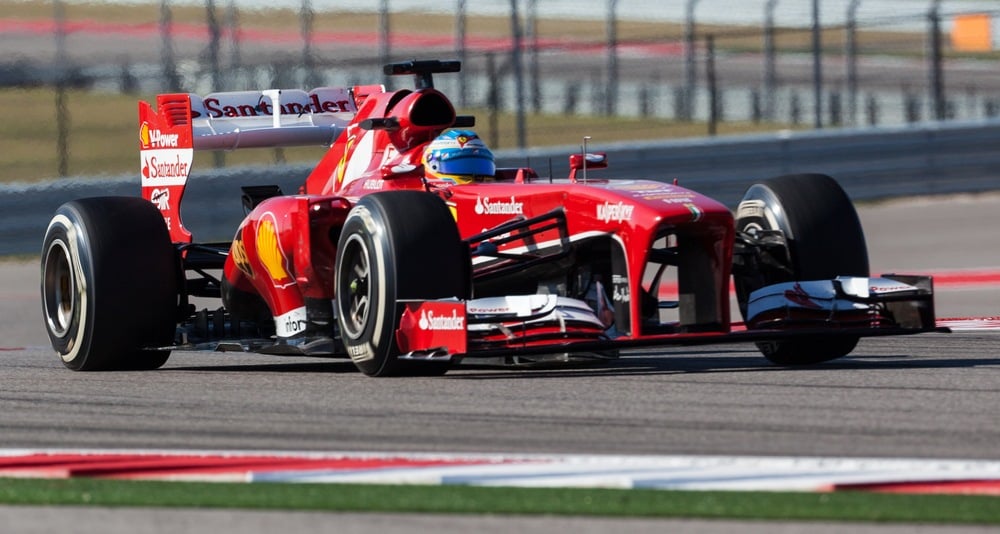
Image Credit: Jeff Schultes/Shutterstock
The 2025 Results
Max Verstappen secured a dominant victory at the United States Grand Prix, turning his pole position into a commanding win. Red Bull’s driver maintained a strong lead, while Lando Norris and Charles Leclerc battled for second place, with Norris ultimately coming out on top.
Verstappen had a solid start, keeping the lead from pole position as the rest of the field navigated Turn 1 smoothly, unlike during Saturday’s eventful Sprint.
Though there were strategic questions early on, the entire field chose a one-stop plan. This strategy worked well for Verstappen, who retained first place after his pit stop. Despite managing his soft tires carefully in the final stages, the reigning World Champion crossed the finish line with a 7.959-second lead, claiming his fifth Grand Prix victory of the season.
Behind Verstappen, Norris and Leclerc engaged in a close battle. Initially, Leclerc overtook Norris at the start, but Norris managed to reclaim second place in a thrilling exchange during the final laps, leaving Leclerc to finish third.
Lewis Hamilton added to Ferrari’s points with a fourth-place finish, despite appearing to suffer a puncture on the last lap. Meanwhile, championship leader Oscar Piastri finished a challenging weekend in fifth place.
The Battle for the Crown
But everyone in Formula 1 right now is talking about the Drivers’ Championship, a fierce three-way battle between McLaren teammates and their closest rival. With the Constructors’ Championship secured, the dynamic between Lando Norris and Oscar Piastri is under a microscope after their tense on-track exchanges in Singapore. Everyone is asking whether this race could turn up the heat between these two rivals and bring it to the boil.
Meanwhile, Max Verstappen remains a potent threat, a three-time winner at COTA who will be capitalizing on any misstep from the McLaren duo to keep his own championship hopes alive. Adding to the intrigue is Mercedes’ recent resurgence. George Russell’s confident victory in Singapore proved the car’s potential. Still, the question is whether that performance will translate to the very different challenges of the Austin circuit, where the team’s form is less certain.
Future Stars
In the wider sport, F1 fans across the world are buzzing with speculation over Red Bull’s future driver lineup. With three seats available across their teams for 2026, a quartet of drivers, including Yuki Tsunoda, Isack Hadjar, and Liam Lawson, are all under intense pressure to deliver standout performances in these final races. Every lap in Austin will be an audition, meaning that from the front to the middle of the grid, the racing will be fiercely competitive. One thing is for sure: The 2025 US Grand Prix is an unmissable event.
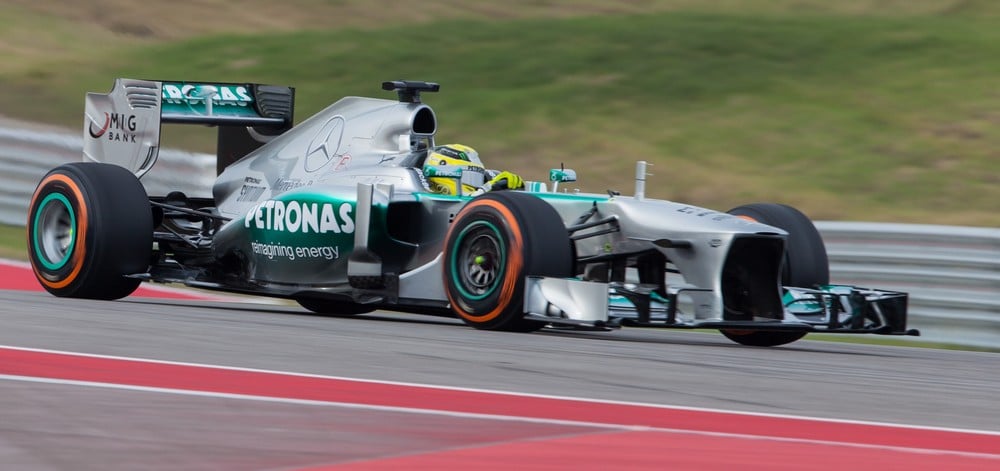
Image Credit: Jeff Schultes/Shutterstock
The Need for Speed
While the United States Grand Prix has moved around the country and struggled to find a home, it has really settled and thrived in Austin, TX. The festival of speed and sound at the Circuit of The Americas is now a beloved fixture on the Formula 1 calendar. It perfectly encapsulates the sport’s evolution, blending a rich racing heritage with a vibrant, festival-like atmosphere that has been pivotal in launching F1 into the American mainstream.
As the championship battles intensify and new stars vie for their place on the grid, the race in Austin consistently delivers unforgettable drama. Whether you are a seasoned fan or new to the sport, the US Grand Prix offers the perfect gateway into the speed, strategy, and spectacle of Formula 1, proving that the love affair between American fans and world-class racing is stronger than ever.
Title Image Credit: Jeff Schultes/Shutterstock

